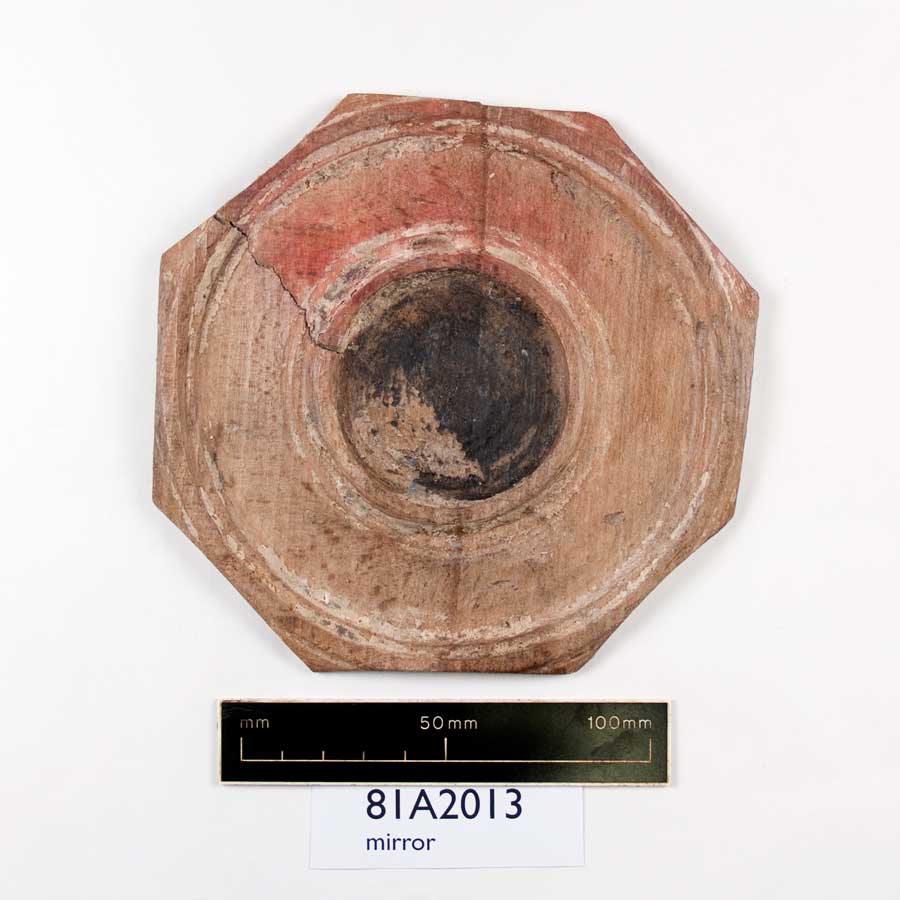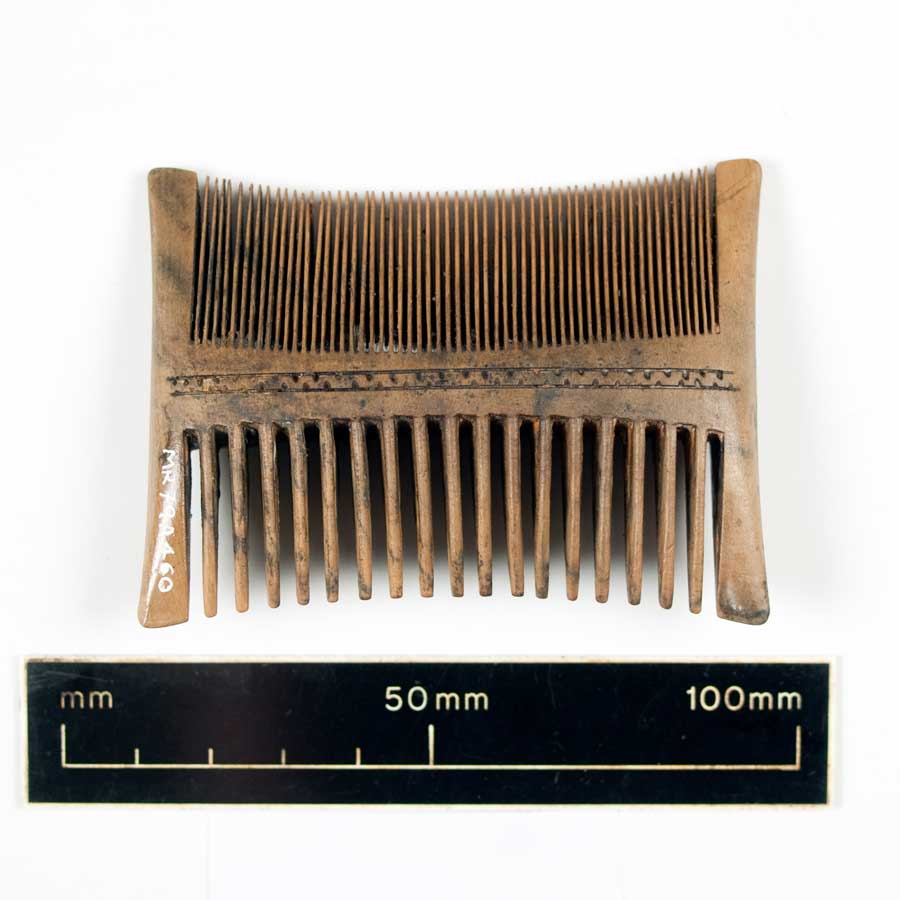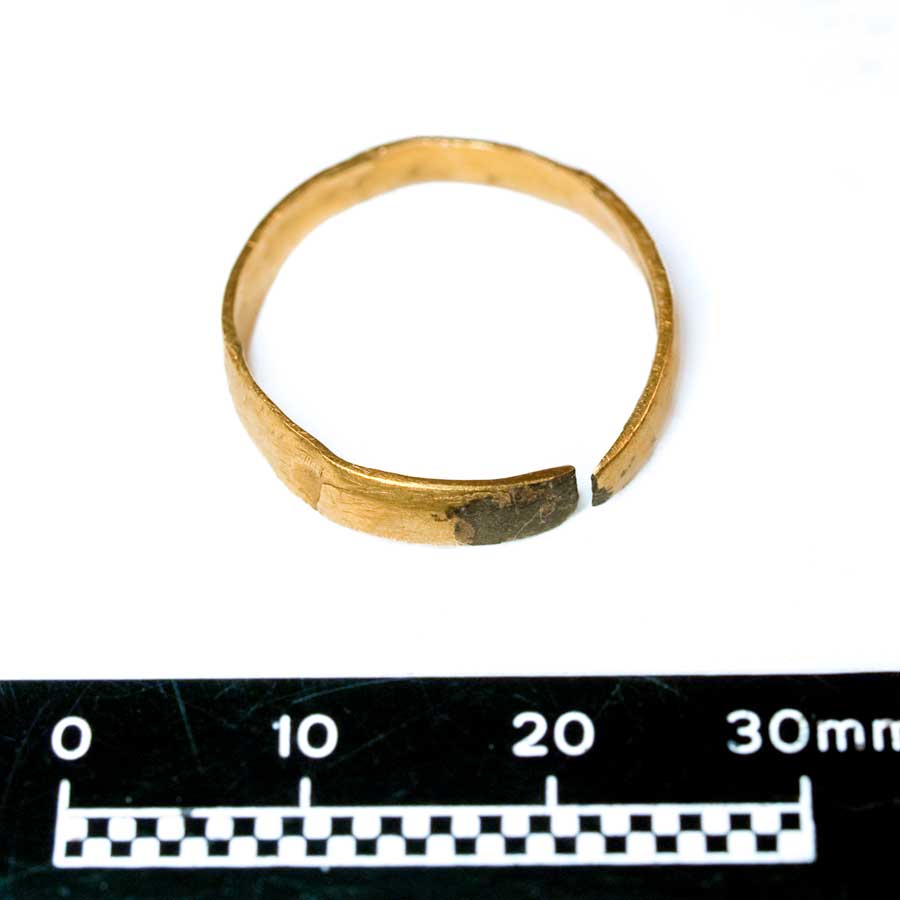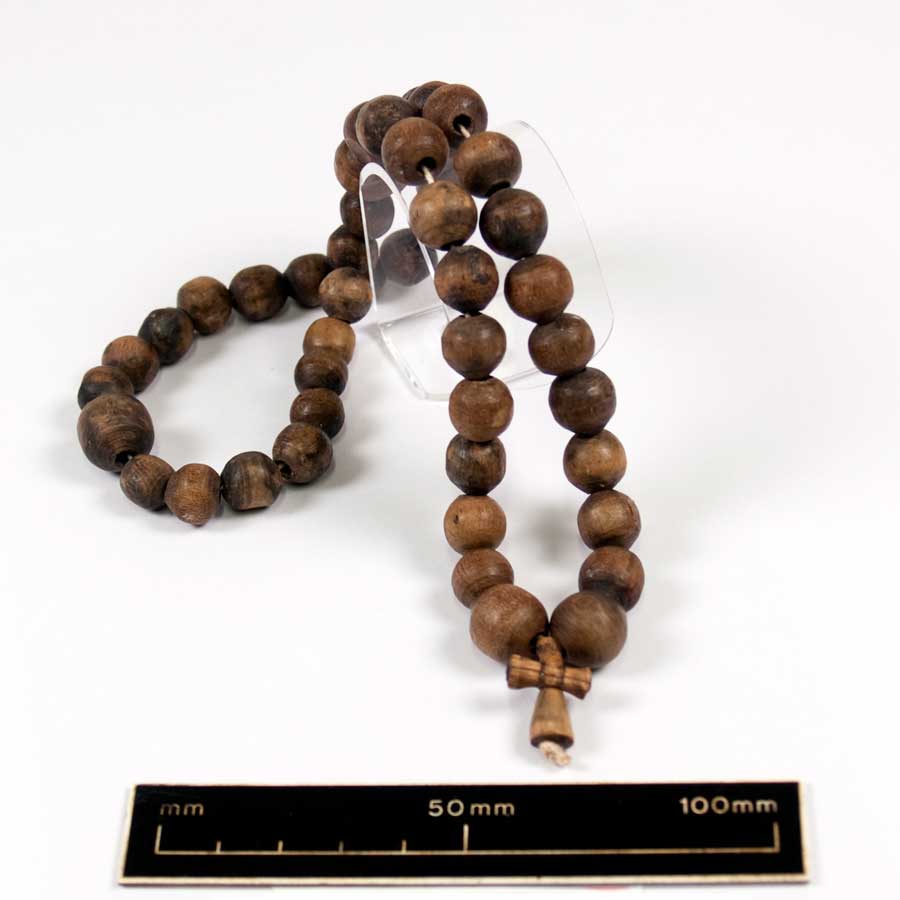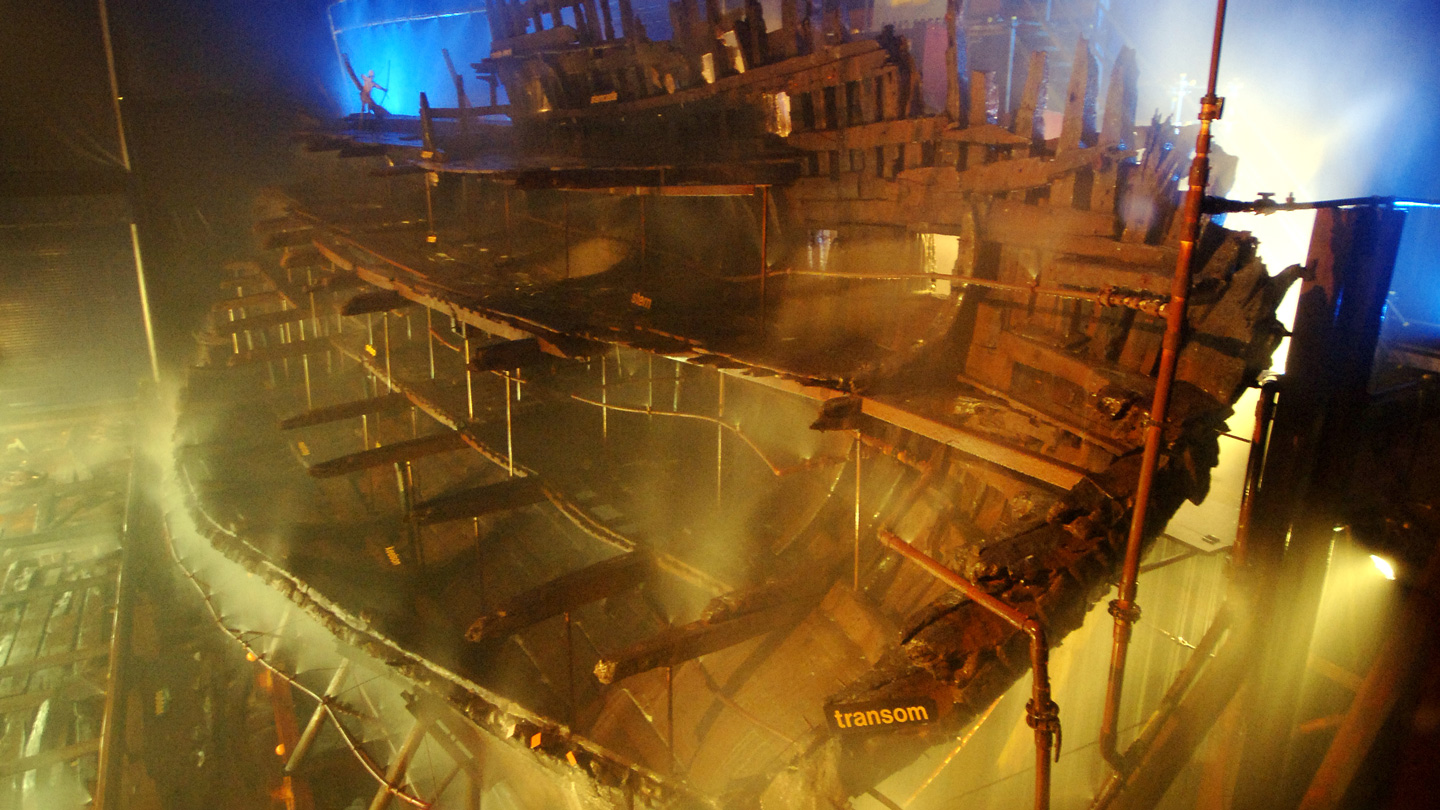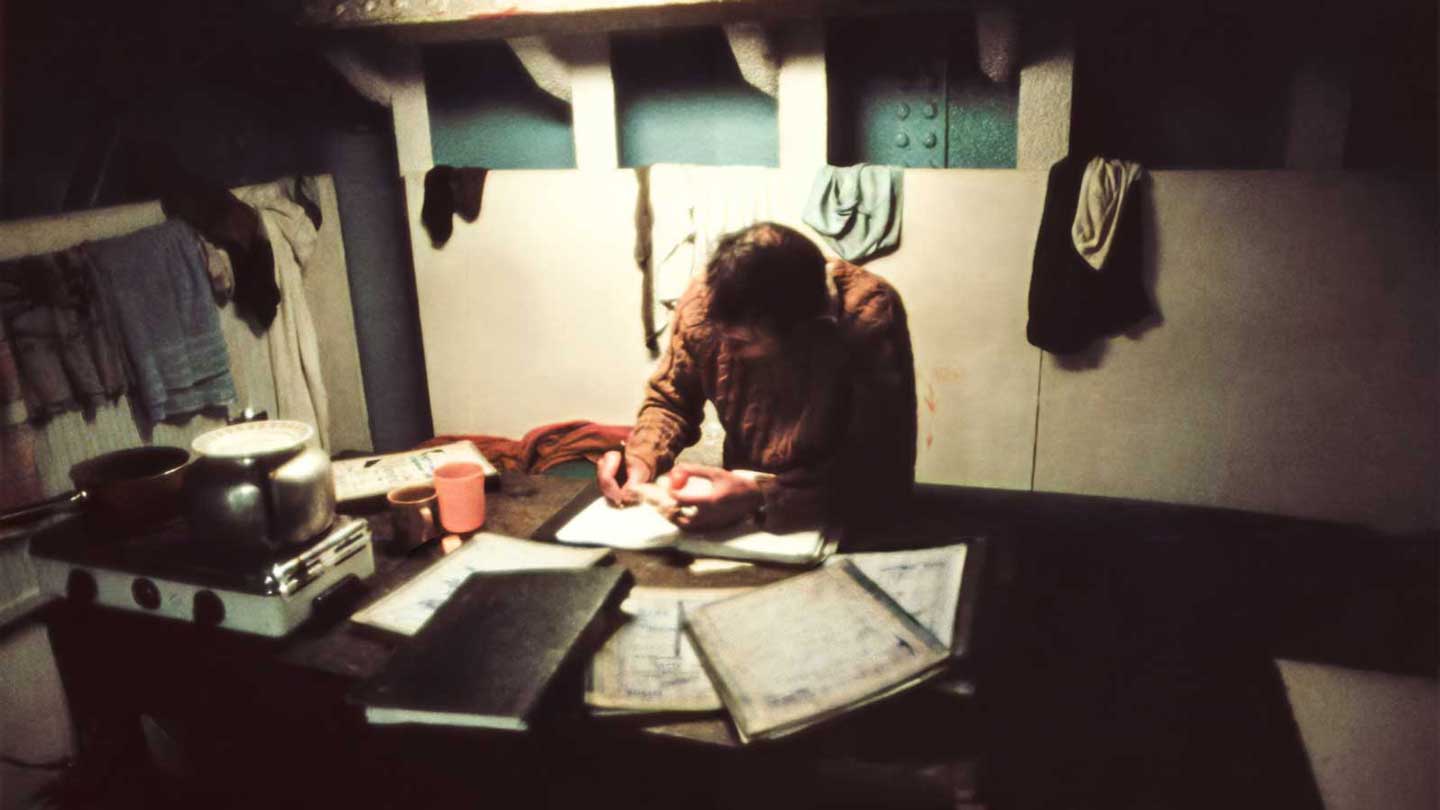We all interpret museum collections in our own way, even if we don’t realise it. Be it seeing relics of a triumphant era filled with heroes spreading civilisation and fighting the forces of evil, or reminders of a time of terrible acts and good people doing the bare minimum, we all allow our own identities to influence how we see the past, for better or for worse.
‘Queering the Collections’ is a collective movement occurring in museums around the world. From the Tate Britain and the Wellcome Collection, to the Rijks Museum in Amsterdam and the Whitney Museum of American Art in New York City, museums are reinterpreting and ‘queering’ their objects, in an attempt to tell the stories of a previously side-lined section of society and maybe encourage others to understand them a bit better.
This blog does not attempt to identify the sexuality or gender identity of crew members, which would be an impossible task. Instead, we will use ‘queerness as an interpretative tool’ to represent LGBTQ+ stories.

